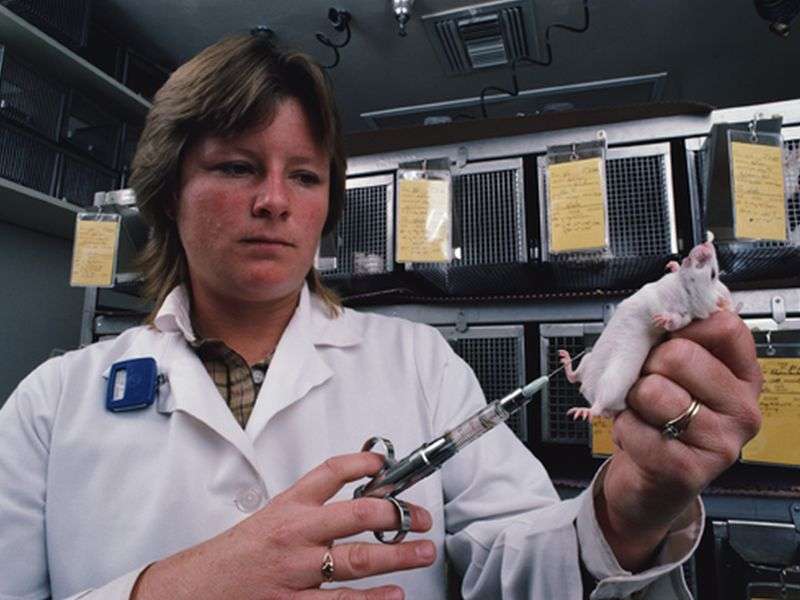(HealthDay)—Skeletal muscle TRIB3 mediates glucose-induced insulin resistance (GIIR) in a mouse model of diabetes, according to a study published online May 10 in Diabetes.
Wei Zhang, M.D., Ph.D., from the University of Alabama at Birmingham, and colleagues examined whether TRIB3 mediates GIIR in diabetes using muscle-specific TRIB3 overexpressing (MOE) and knockout (MKO) mice.
The researchers found that, compared with wild type mice, TRIB3 MOE exacerbated and MKO prevented GIIR, impaired glucose oxidation, and defects in insulin signal transduction in streptozotocin diabetic mice. Compared with wild type, TRIB3 MOE exhibited greater weight gain and worse insulin resistance in vivo in response to a high-fat diet, coupled with decreased AKT phosphorylation, increased inflammation and oxidative stress, and upregulation of lipid metabolic genes, together with downregulation of glucose metabolic genes in skeletal muscle. In TRIB3 MKO mice, these effects were prevented compared with wild type.
"In conclusion, TRIB3 has both a pathophysiological role in diabetes and a physiological role in metabolism," the authors write. "Under physiological conditions, muscle TRIB3 also influences energy expenditure and substrate metabolism, indicating that the decrease and increase in muscle TRIB3 under fasting and nutrient excess, respectively, are critical for metabolic homeostasis."
More information:
Abstract
Full Text (subscription or payment may be required)
Journal information: Diabetes
Copyright © 2016 HealthDay. All rights reserved.






















